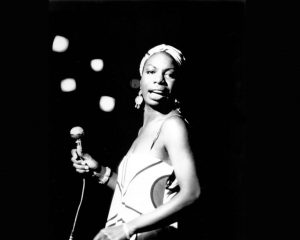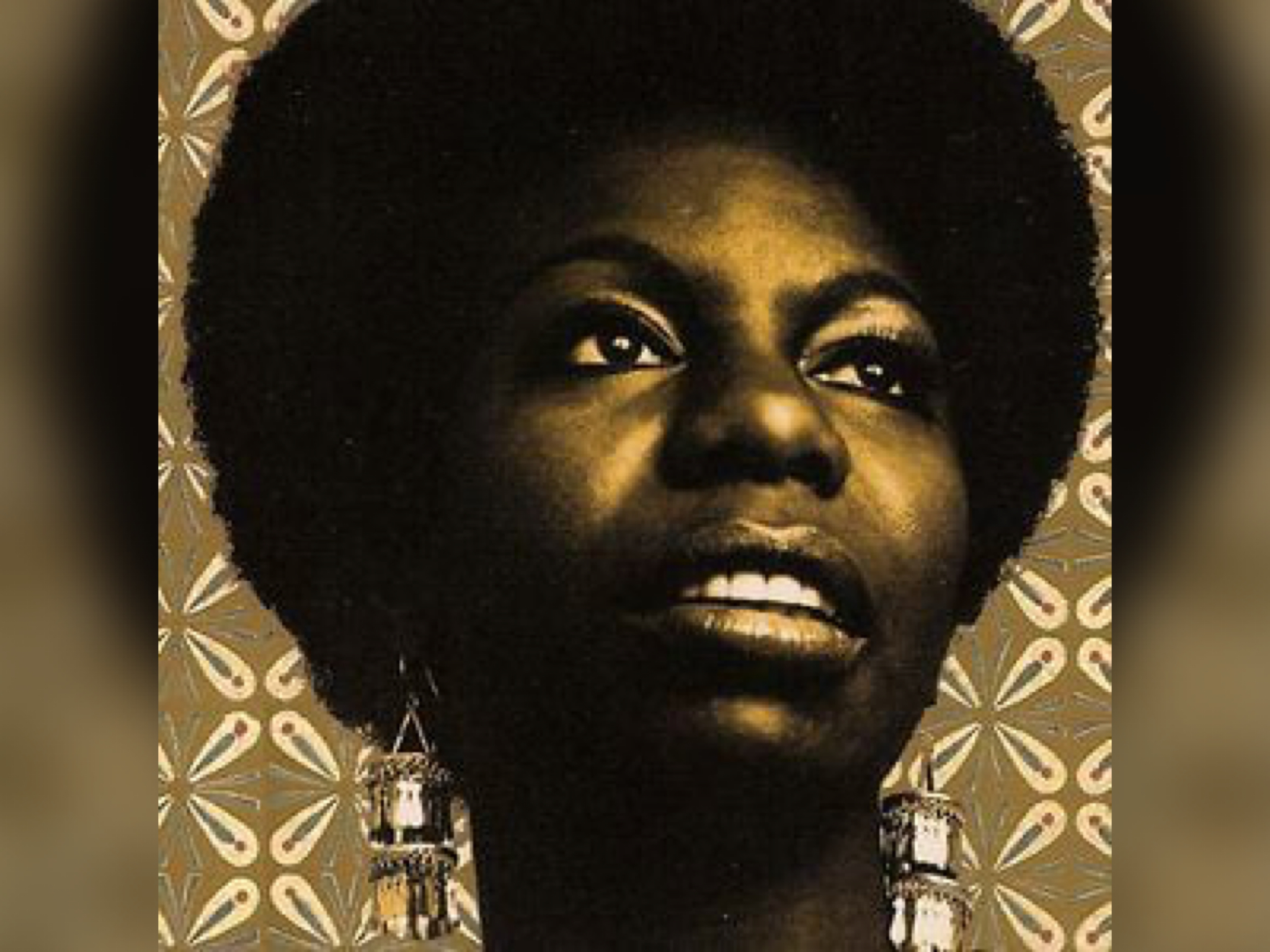There was a time when the annual rollout of upcoming inductees to the Rock and Roll Hall of Fame was seen as a no-brainer, especially in the first couple decades of its existence as classic rock and roll artists and legendary innovators surpassed the minimum 25-year criteria of professional recording to become eligible.
But as the traditional rock music genre has seemingly exhausted its pool of legitimate sure-fire candidates and the RRHOF voters have had to dig deep in recent years to serve up the likes of middle-to-low tier rock acts like Cheap Trick, Steve Miller, Lou Reed and now The Cars, other previously overlooked musicians (and hip-hop artists) are getting more serious consideration and occasionally gain entry into rock music’s most prestigious shrine.

This year’s dark-horse example is Nina Simone, the famed American singer/songwriter/activist whose first professional recording was in 1958 (deeming her RRHOF-eligible in 1986 when the Hall first opened). Simone, who died in 2003 at age 70, and whose legend has only grown in stature since her passing, was never really rock and roll, nor did she ever pretend to be. But she was a multi-genre song stylist who has been acknowledged by many rock musicians as a key influence – something to which RRHOF voters apparently give heavy consideration when evaluating potential inductees.
Simone’s best-known work, like the songs “Mississippi Goddam” (written in 1963 after the assassination of Medgar Evers and the Birmingham church bombing that killed four young black girls) and “To Be Young, Gifted and Black” are more appreciated for their outspokenness on racial injustice in America than they are for any rock-and-roll impact or major commercial success. Her only top-40 pop hit was 1959’s “I Loves You, Porgy” (her interpretation of a song from the folk opera Porgy and Bess). “Young, Gifted and Black” was her next-best showing at No. 76 in 1970, with a handful of other tunes that peaked even lower on the charts.
Simone’s accomplishments in the music industry may not stack up as neatly as that of other Rock Hall of Famers, but she was certainly the embodiment of everything that rock music used to be in its more exciting formative days. She was edgy, provocative, countercultural, and complex.
She was also uncompromising and unrelenting, a peerless natural poet who never let go of her blackness or the celebration thereof. Never was this point driven home more than on her signature song “To Be Young, Gifted and Black,” where she occasionally sings that last word of each refrain “young, gifted and black” with all the confidence, emphasis and dry-heave force of someone who wasn’t convinced we believed her.

But Simone’s 2018 induction does beg the question: how does a legendary artist who has been eligible since the RRHOF opened its doors 31 years ago, and whose last new music is almost a quarter-century old, not even get a nomination until this year? And even more perplexing, how does that artist get inducted on her first ballot?
My only guess is that the newer generation of RRHOF voters has a better appreciation for her art than those who were making these decisions 20-30 years ago. Either that or the dearth of Hall-worthy rock musicians has created space for other, less traditional – but still deserving – musicians like Simone to get in.
Or perhaps it was Simone’s blackness – not her race, but her “blackness” – that caused the RRHOF to look the other way whenever her name came up in the past. While there have been more than 100 other black artists inducted since 1986, Simone often wore racial issues on her sleeve at a time when it wasn’t acceptable, even sometimes championing with her music more aggressive means to achieve racial equality than what safer musicians or MLK did.
Whatever the reason, it’s already clear that very few rock purists will be singing Simone’s praises in the coming months leading up to April’s induction ceremony. I’ve already seen several Facebook posts – for instance – congratulating this year’s more obvious rock acts such as the Moody Blues, Dire Straits, The Cars and, oh yeah, Bon Jovi.
I’ve seen none for Simone.
But lest they forget, Simone’s more celebrated classmates were no more of a RRHOF shoo-in than she was. All of those acts have been eligible for more than a decade (with the Moody Blues being eligible since 1990) and several of them have been nominated unsuccessfully before. So even they apparently weren’t considered élite enough to be automatic entries.
But the critics will be out in full force: “Simone wasn’t rock, Simone was jazz, she was R&B, she was folk, she was gospel…she was black”
Yes, Nina Simone was all those things. But there’s also a reason she’s had more superlatives thrown her way in the past 15 years than she probably did in all the years she was living.
She was also damned good.
Not only that, but she influenced many other artists that have lined the RRHOF for decades (including Aretha Franklin, Janis Joplin, Elton John, David Bowie and even the Beatles among them).
And now she gets to join those artists and more in rock music’s hallowed halls.
Congratulations to Rock and Roll Hall of Famer Nina Simone. Now may you continue to Rest In Peace.
DJRob




She’s more than entitled to take her place there – more so than most of the second raters anyway there. You’re wrong about Lou Reed, though – you might not like him but he was a man way ahead of his time.
I don’t dislike Lou Reed. I think he’s great. I also like The Cars, but RRHOF material?